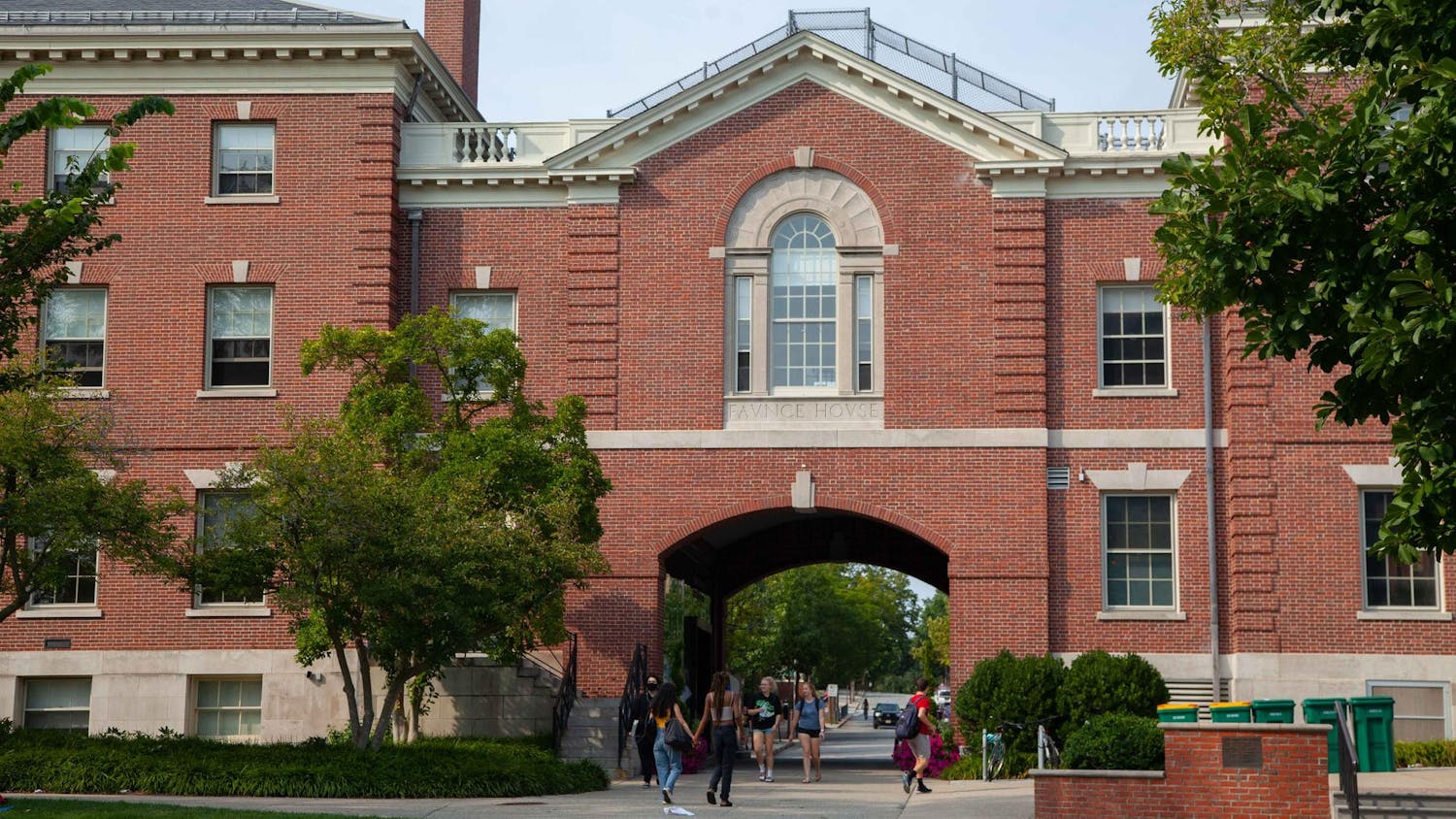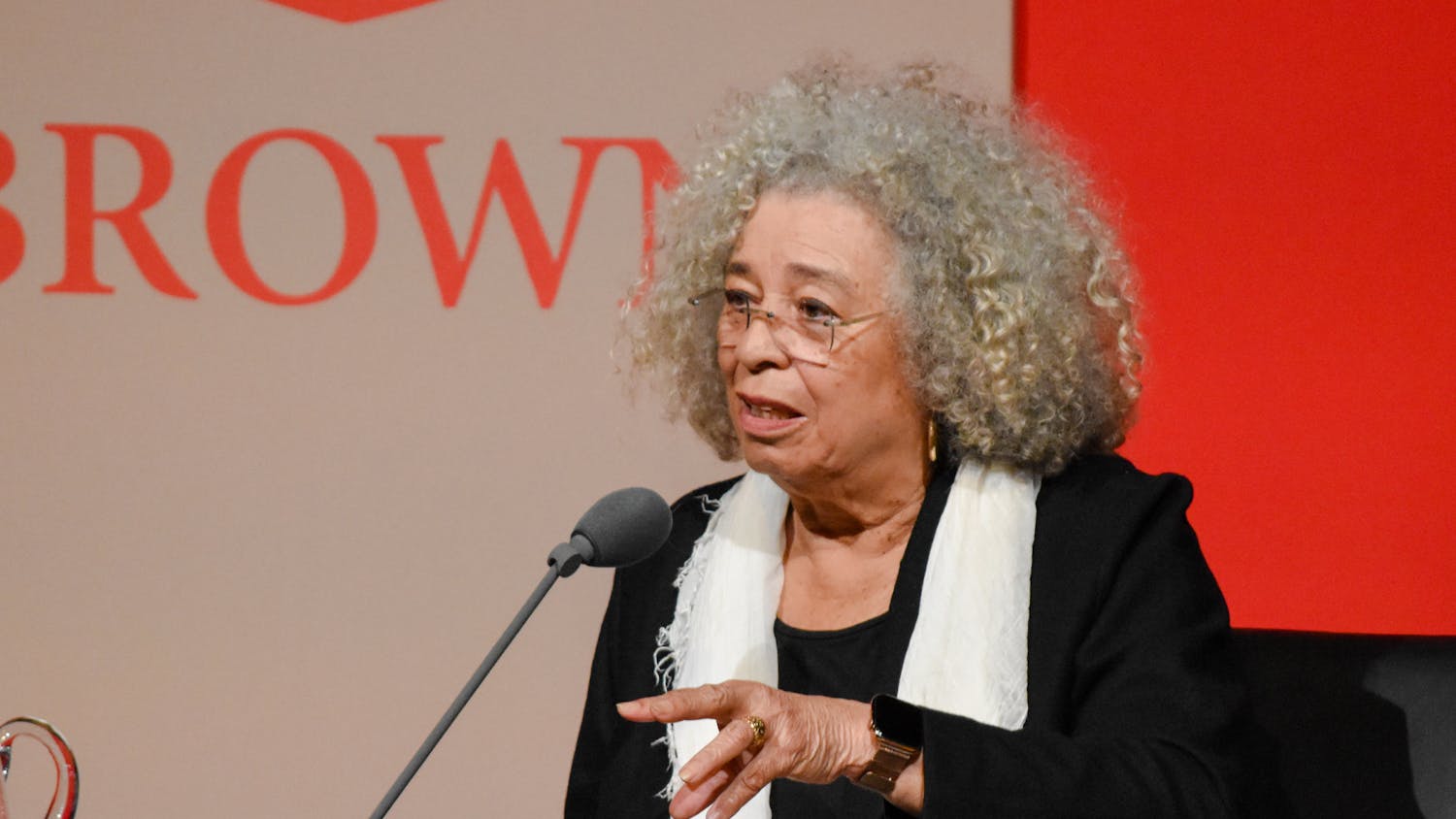December 2, 1898
A “college athlete” penned a column concerning “the great growth of interest” in football since its inauguration in the United States. As of the close of the 1897 football season, between 25,000 and 30,000 people played football in the country, the athlete wrote, adding that these numbers gave rise to “several speculations.” He wrote that the growing number of players served as “proof of the universal interest in a noble game” and that “football is not confined to college and school circles, but is becoming a game of the people.” Finally, the sport’s growth is an “unanswerable argument for those to refute” who consistently criticize “the gridiron as a scene of physical injuries,” he wrote.
December 2, 1960
At an engineering colloquium, John Pierce of Bell Telephone Laboratories claimed that communication via satellite could not replace ground transmission, at least not until the cost of launching and maintaining a satellite could be reduced, The Herald reported at the time. Pierce, who worked with NASA on Echo I — a communications satellite launched into orbit in August 1960 — said he could envision a system of 30 satellites located between large cities around the world that “would enable telephone and television communication,” The Herald reported. Pierce added that NASA was continuing to consider “sturdier” materials for the satellite and to experiment with higher and lower altitude systems with varying effects of radiation.
December 2, 1986
Vice President for Computing and Information Services Brian Hawkins proposed a three-year plan to update the University’s mainframe computing system, which, at its then current capacity, would “be unable to meet student and administrative computer needs” by the end of the next year, The Herald reported at the time. Hawkins presented four reasons for a system overhaul: the University’s operating system was inadequate; its mainframe computer IBM 3801 had reached its capacity; large administrative programs could be completed only early in the morning, since the system was inefficient and unreliable; and the University should purchase new hardware in planning to move to the Center for Information and Technology in 1988. Hawkins added that though students owned personal “Macintosh” computers, they still wanted to use University computing services. “You give people a taste of something and they want more,” he said.
ADVERTISEMENT




